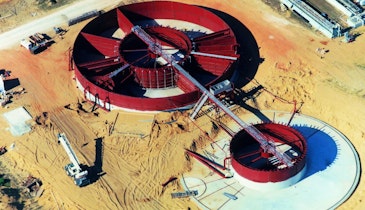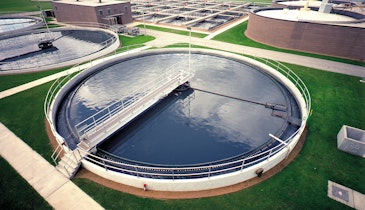
The Weaverville Community Services District (CSD) is a publicly owned municipal water agency located in Weaverville, California. The facility needed to retrofit an existing building and switch from a gas feed system to an on-site hypochlorite system. The conversion from gas to hypochlorite is a trend being seen in many Northern California districts as regulations on chlorine gas increase.
The Challenge
Weaverville CSD wanted to convert their existing gas chlorine system to a safer and more effective hypochlorite system; but because of small ppd requirements and a remote location, bulk hypochlorite delivery was determined to be too expensive. General manager Wes Scribner started looking for onsite technologies as a cost saving alternative.
Part of his challenge included finding the right hypo technology that is accessible and not too expensive for the plant capacity required. Traditionally, on-site generation systems have been too expensive for customers with lower chlorine demands to recognize a significant return on investment. The new design of the OSEC L system not only met the tight footprint restrictions, but also offered a turnkey solution that is affordable to install and operate.
The OSEC L system is a low-capacity bipolar brine-based hypochlorite generator. It is an inherently safe alternative to chlorine, sodium hypochlorite and calcium hypochlorite; the OSEC L system does not require handling of any hazardous chemicals. The generator produces a dilute hypochlorite solution <1.0 wt% concentration using saturated brine, water and electricity in an electrochemical process. With an embedded process controller the system is fully automated and works in batching operation mode.
Download the full case study to learn more.
Download Case Study




